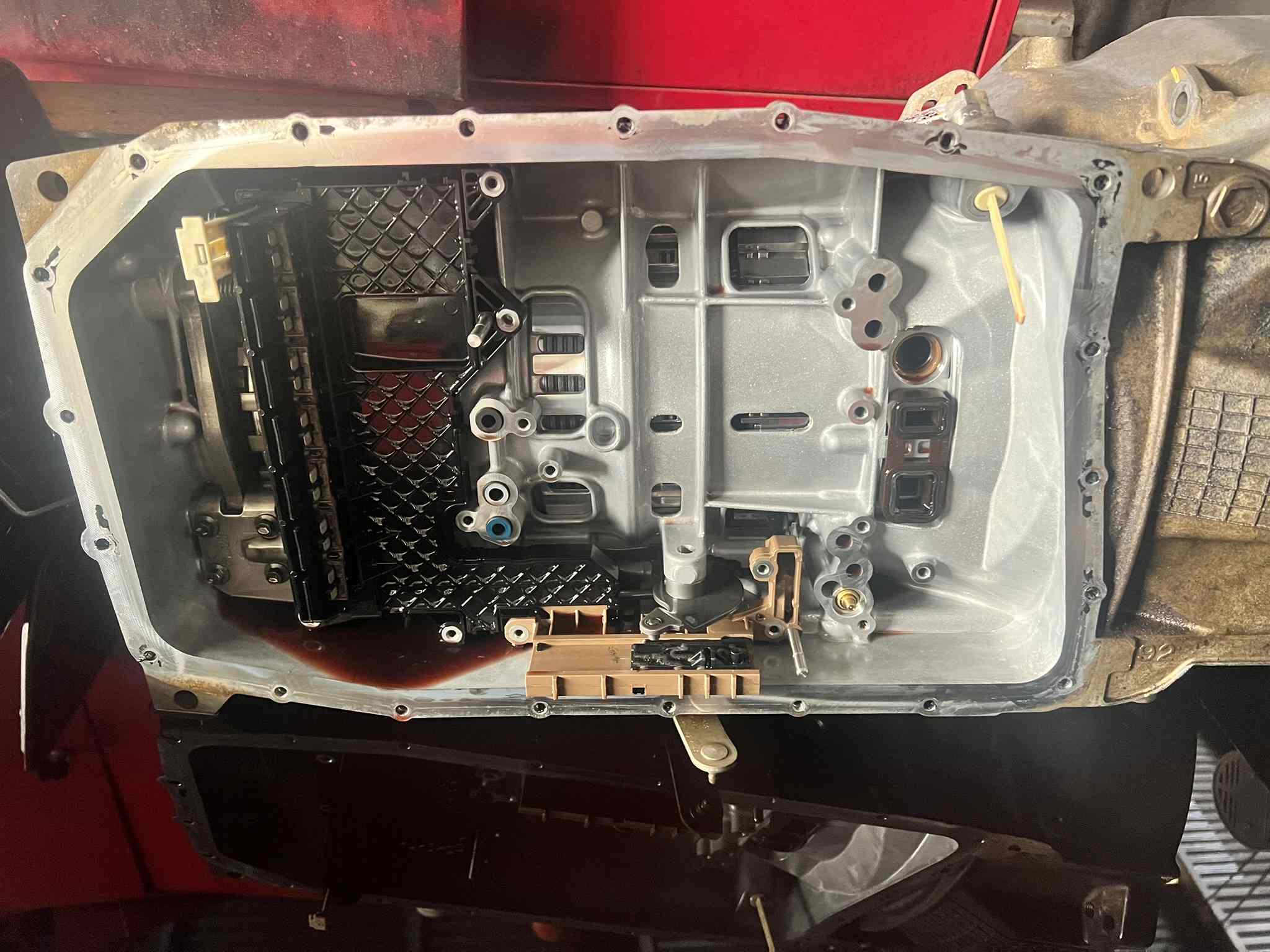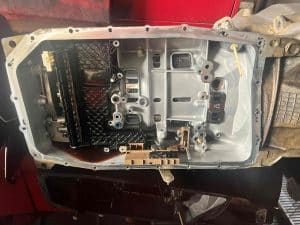6R80 Valve Body vs Solenoids

6R80 Valve Body vs Solenoids
6R80 Valve Body vs Solenoids-Solving Harsh Shifts in Your 6R80
If your Ford Ranger, Everest, Territory, or F-150 with a 6R80 transmission is kicking you in the back on shifts, you’re not alone. Harsh or delayed gear changes can make you feel like your ute is fighting you every time you head up the Gateway Bridge with a trailer on. The big question is:
Is it your valve body, your solenoids, or something else entirely?
At Brisbane Tuning & Turbo, we specialise in diagnosing harsh shifts in the 6R80, using scan tools, live data, and dyno testing to pinpoint the issue before you waste money replacing the wrong parts.
Why Your 6R80 is Shifting Harshly
The 6R80 is a clutch-to-clutch shifting transmission, using:
A valve body directs hydraulic pressure.
Solenoids to control that pressure electronically.
When you’re towing the caravan up Cunningham’s Gap or crawling in Brisbane traffic on a 35°C day, heat and load can expose underlying issues in these components, leading to:
Harsh upshifts or downshifts.
Delayed gear engagements.
Clunks into drive or reverse.

6R80 Valve Body vs Solenoids Diagnostics
Gear flare followed by a slam.
Understanding the Valve Body in Your 6R80
The valve body is the hydraulic control centre of your transmission. It:
Directs ATF to the right clutch at the right time.
Contains precision-machined channels, valves, separator plates, and check balls.
Over time, the valve body can develop:
Wear in valve bores, leading to internal leaks.
Sticking valves from varnish or debris in the ATF.
Separator plate or gasket failures, causing cross-leaks.
The result? Inconsistent or harsh shifts, particularly in specific gears or under certain conditions, like when your Ranger is towing up to Noosa for a long weekend.
Understanding the Solenoids in Your 6R80
Solenoids are electronic actuators that control when and how fluid flows inside the valve body:
They open and close to direct pressure to the clutches.
They are commanded by the TCM based on vehicle speed, load, and throttle.
Solenoid failures can occur due to:
Electrical issues (open circuits, resistance changes).
Mechanical sticking from debris or varnish.
Sluggish or inconsistent operation.
This leads to erratic, inconsistent shifting, often across multiple gears, regardless of fluid temperature.
Symptoms – Valve Body vs Solenoids
Signs of Valve Body Issues
Harsh shifts in specific gears (e.g., 2-3 or 3-4).
Delayed engagement into drive or reverse.
Flare (RPM spike) followed by a hard shift.
Symptoms worsen when hot.
Signs of Solenoid Issues
Erratic shifting across several gears.
Hard downshifts when slowing to a stop.
Transmission warning lights and codes like P0751, P0756, P0761.
Symptoms present regardless of temperature.
Why You Shouldn’t Guess (Or Let Anyone Else Guess)
Replacing the valve body or solenoids without proper testing is like putting on a raincoat after you’re already soaked. Misdiagnosis can mean:
Replacing the valve body when a solenoid is the culprit.
Missing underlying fluid issues or torque converter problems.
Replacing solenoids when the valve body has worn bores.
Spending thousands without fixing the harsh shift.
How Brisbane Tuning & Turbo Diagnoses Harsh Shifts in the 6R80
At Brisbane Tuning & Turbo, we don’t guess. We diagnose using:
Advanced Scan Tool Testing
We check:
Live solenoid command vs actual response.
Slip counts and clutch fill times.
Related fault codes indicate electrical or hydraulic issues.
Live Data Analysis
Monitoring real-time data while your vehicle operates under different loads helps us see what’s happening during the shift, not just after.
Road or Dyno Testing Under Load
Our dyno allows us to safely replicate harsh shifts under controlled conditions. Think of it as the Sunshine Coast Bruce Highway climb without the traffic.
Fluid and Filter Checks
We inspect for:
Burnt smells indicate heat stress.
Debris or metallic particles point to mechanical wear.
Transparent Reporting
You get a clear explanation of whether your harsh shifts are from:
Valve body wear or sticking valves.
Solenoid failures.
Fluid contamination.
Torque converter issues.
What Are Your Repair Options?
Depending on your diagnostic results, your options may include:
Fluid and filter replacement with adaptation reset if fluid degradation is causing minor harshness.
Valve body cleaning, repair, or replacement if hydraulic leaks or sticking valves are the issue.
Solenoid replacement if an individual or multiple solenoids are failing.
Cooler upgrade if heat is causing repeated fluid shear and varnish.
Early intervention can save your 6R80 and your wallet, keeping your ute reliable for towing, touring, or work.
Why Choose Brisbane Tuning & Turbo?
We know the 6R80 inside and out.
Advanced scan and live testing (not guesswork).
Dyno load testing to confirm issues without risking your gearbox.
Honest, transparent quoting and recommendations.
Cooler upgrade and premium ATF service options to protect your investment.
We see 6R80 issues every week.
At our workshop, we don’t just clear codes or blame the valve body automatically. We fix the real problem.
Book Your 6R80 Diagnostic Before It Gets Worse
If your Ford Ranger, Everest, Territory, or F-150 is shifting harshly, don’t wait for it to fail on the M1 on a Friday afternoon.
Book your Scan + Dyno Diagnostic with Brisbane Tuning & Turbo today. We’ll help you find out if it’s your valve body, your solenoids, or something else—so you fix it properly the first time.